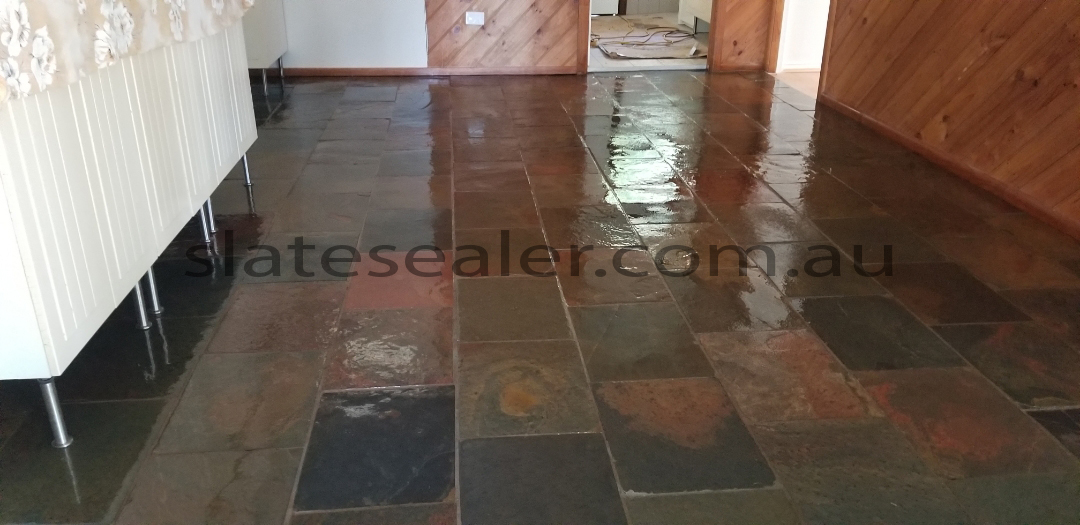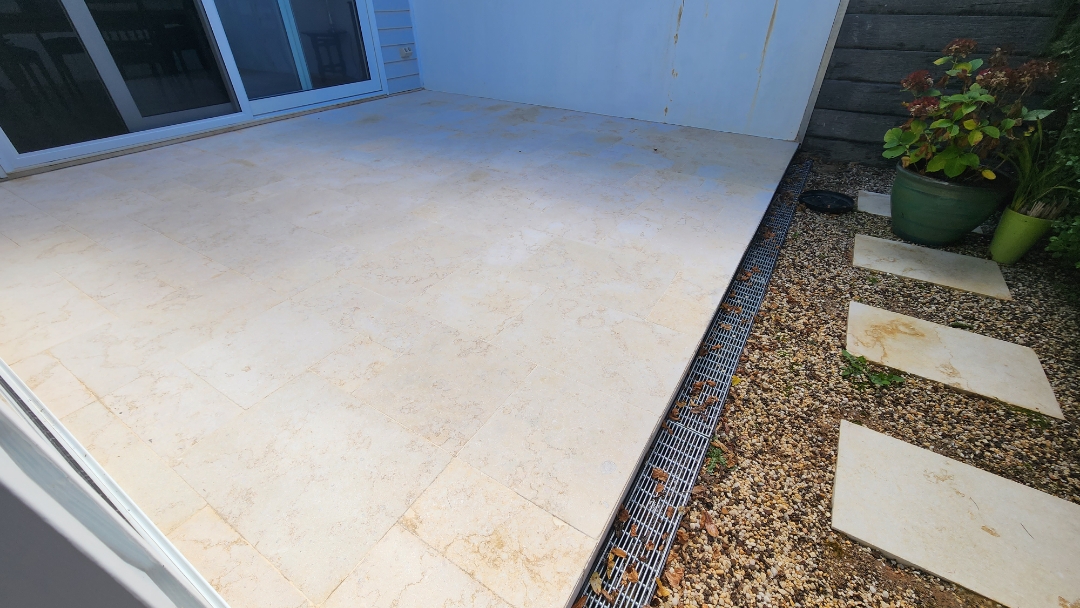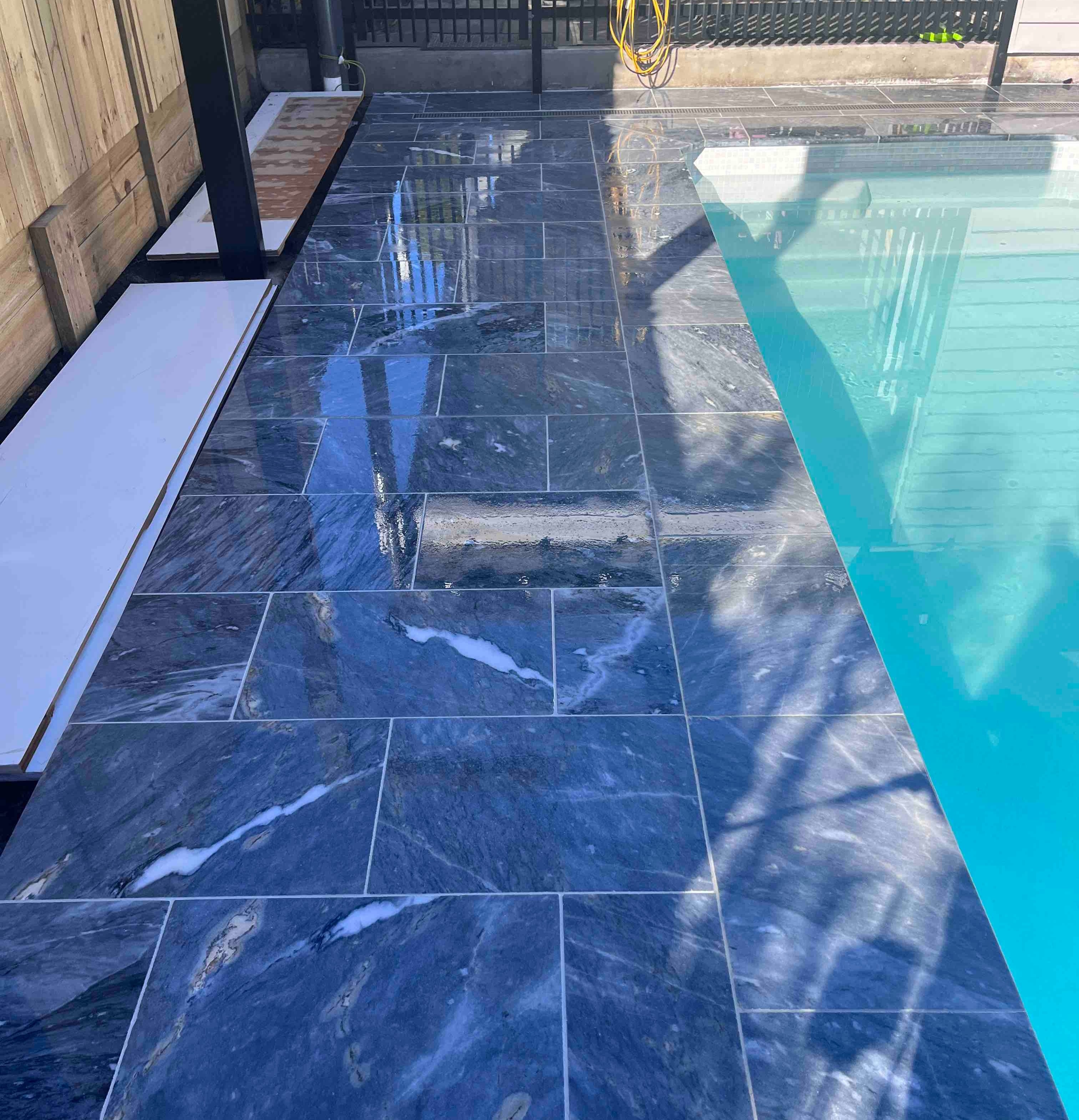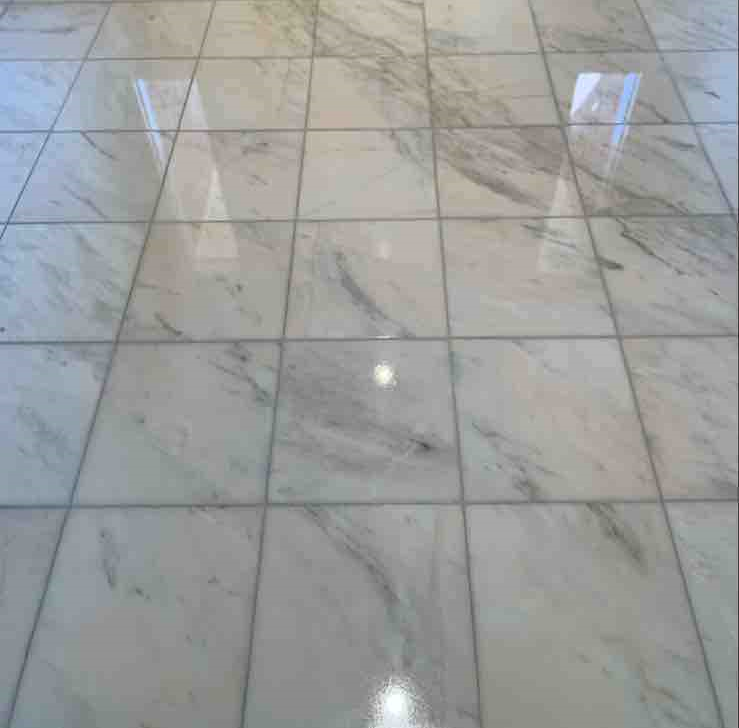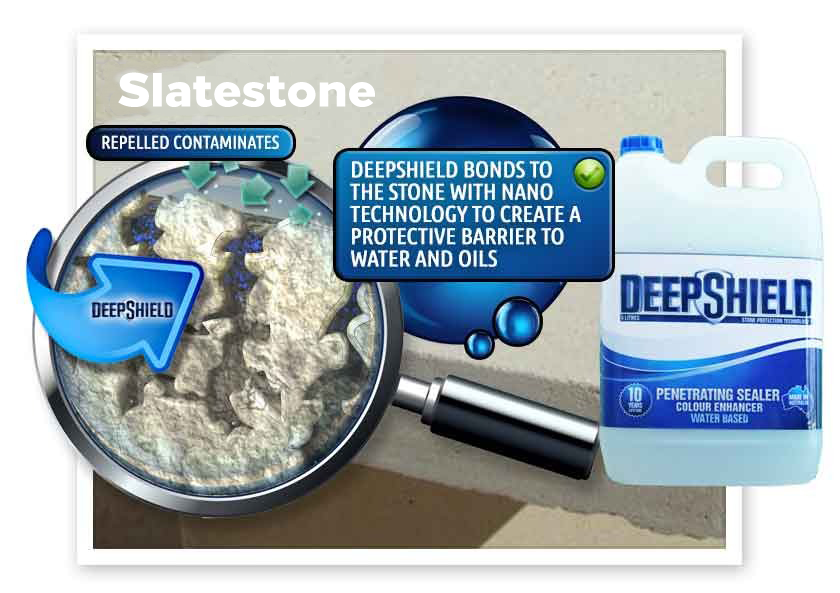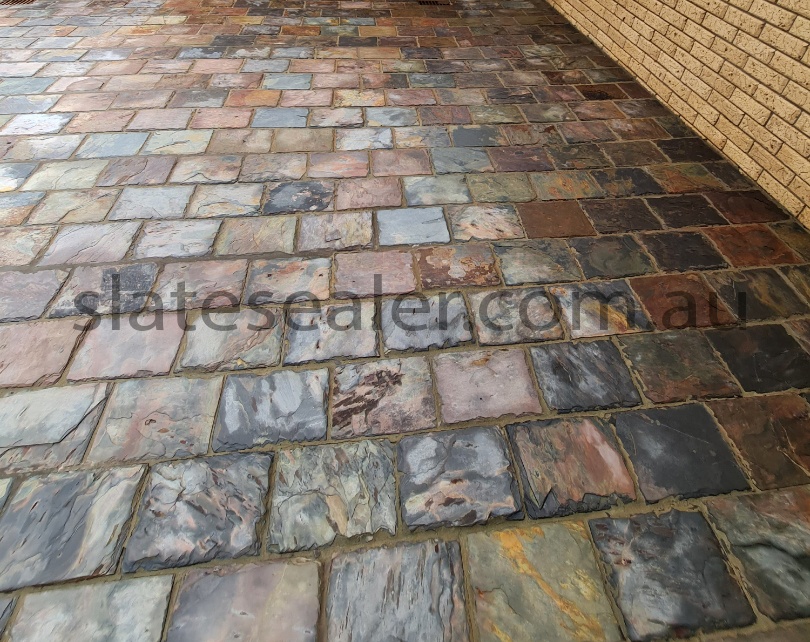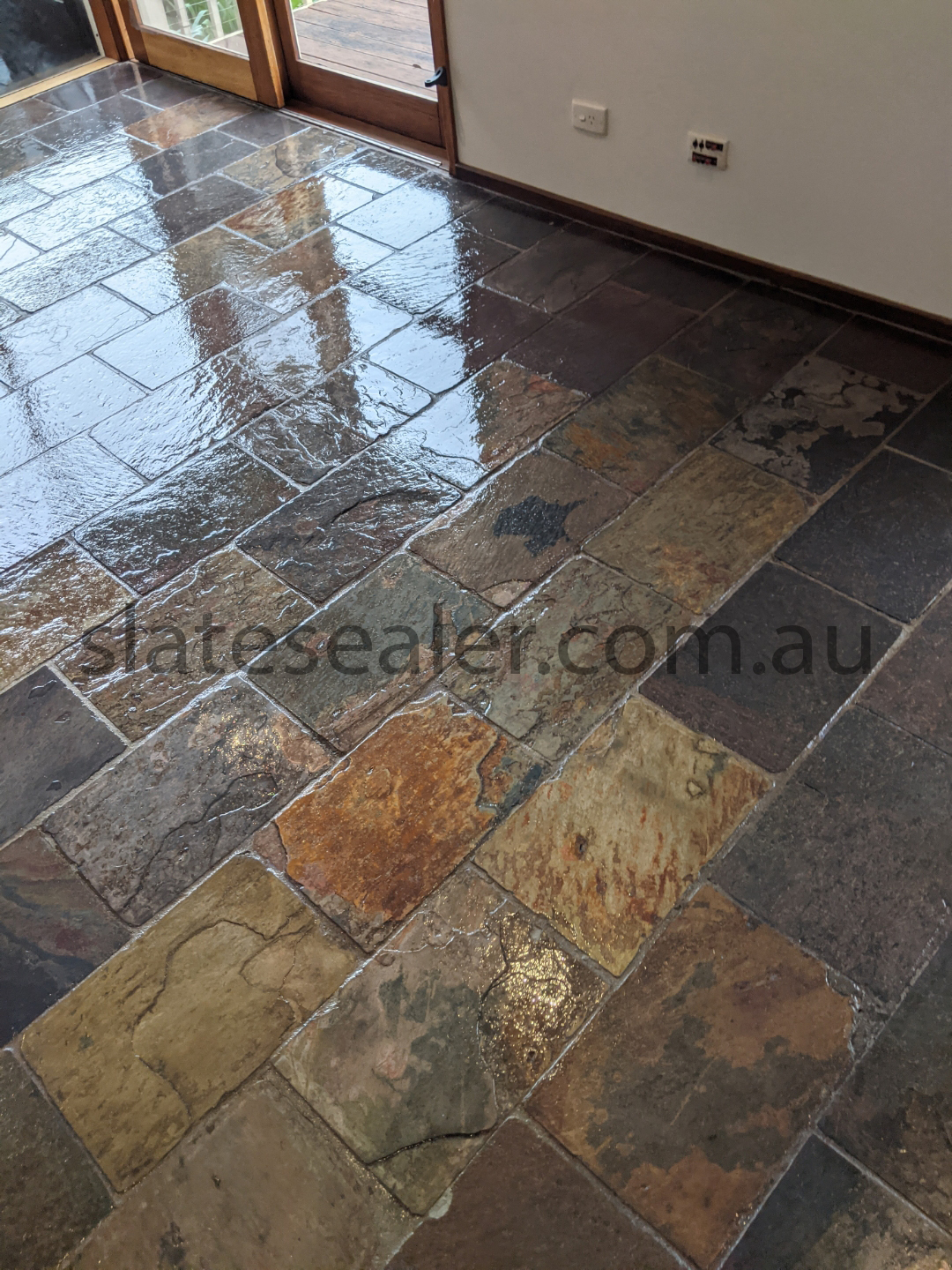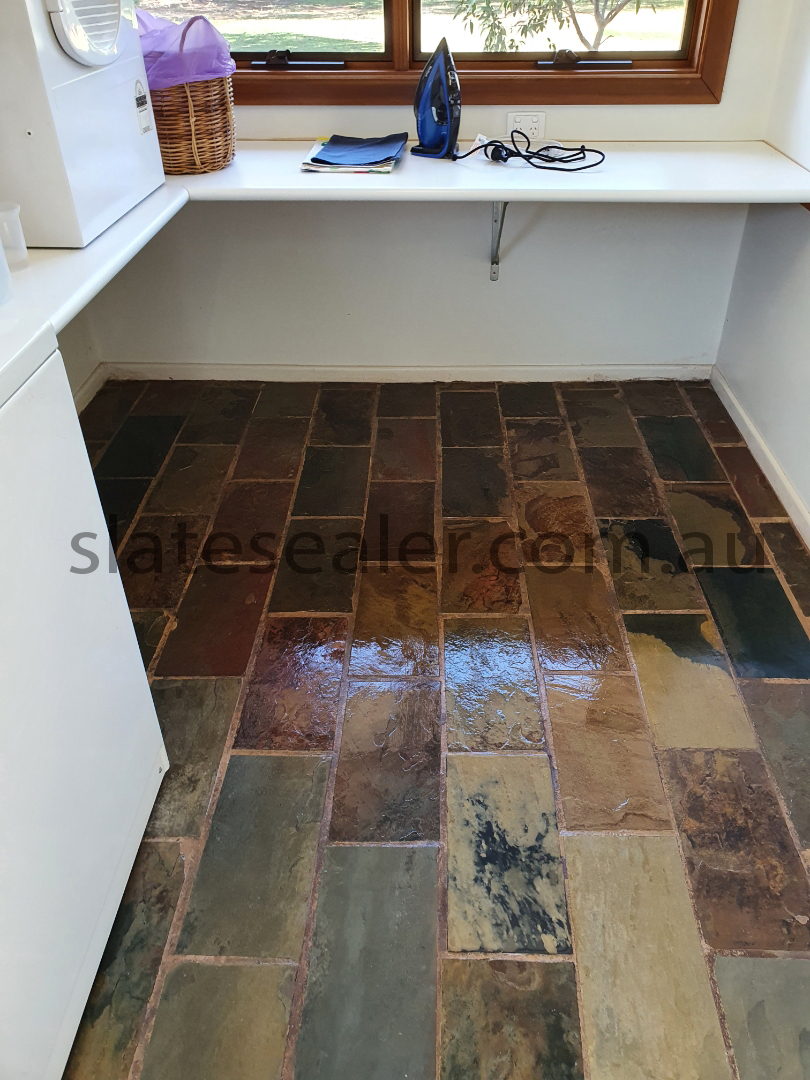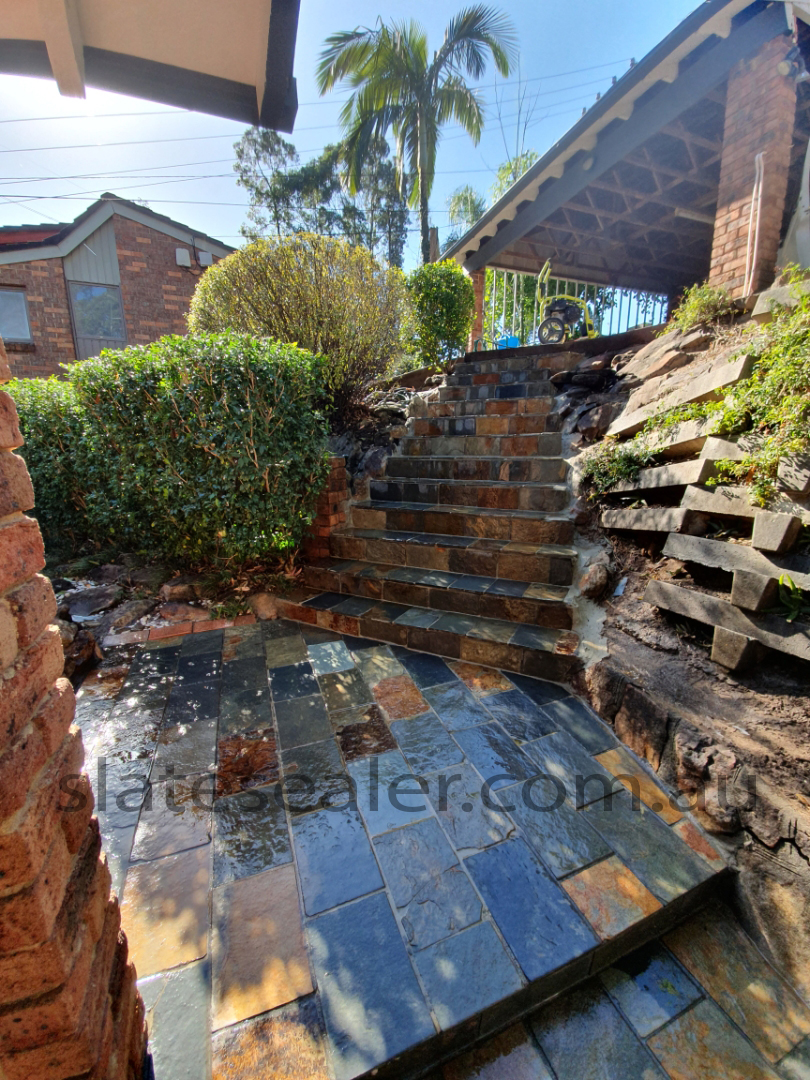When removing efflorescence from slatestone, it's crucial to utilize methods that won't harm the stone, as slatestone is sensitive to acids. Always conduct a patch test in an inconspicuous area before applying any cleaning product.
In the early stages, efflorescence can be tackled with non-acidic cleaning solutions and an abrasive nylon pad. However, once it becomes insoluble, removing it becomes more challenging. Advanced-stage efflorescence may necessitate specialized equipment and removal solutions.
After completing the removal process and ensuring the surface is thoroughly dry, reseal the slatestone using a durable penetrating sealer to minimize water absorption.
Efflorescence removal addresses the immediate issue, but it often signals an underlying problem that needs to be addressed to prevent recurrence. To minimize water entry into the tiling system, consider options like binding, waterproofing, and sealing. Preventing water infiltration is key to preventing efflorescence formation.
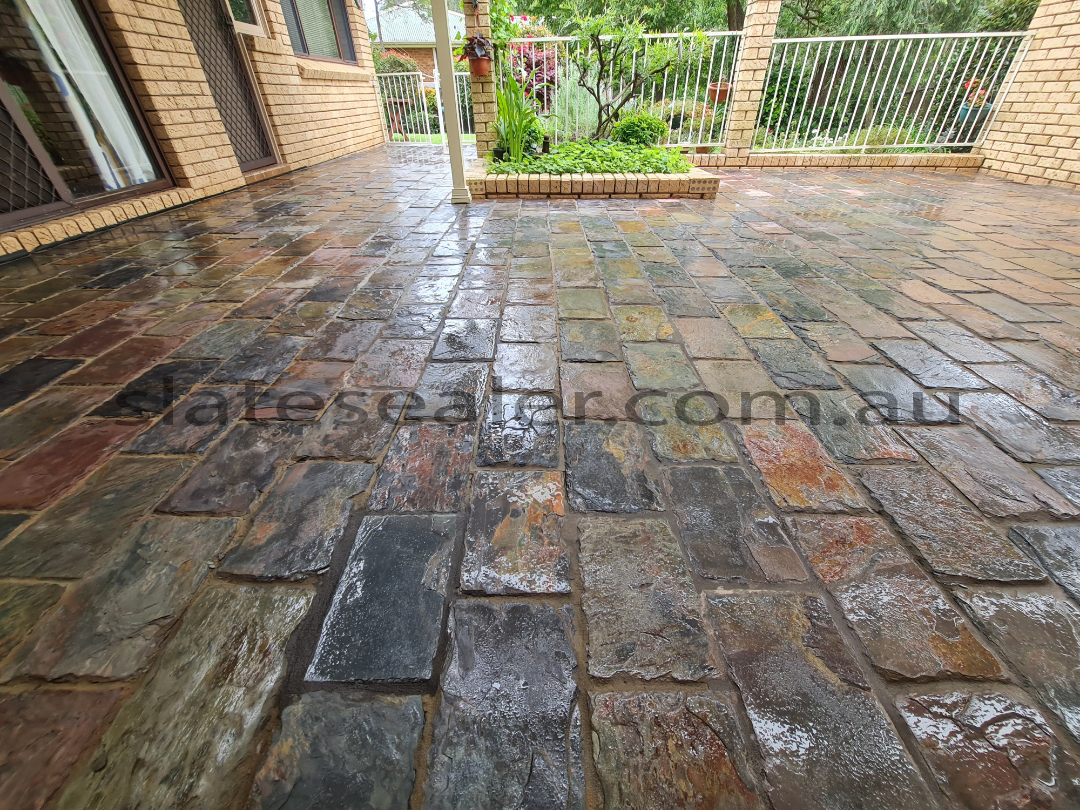
The two primary principles for reducing efflorescence in slatestone are to limit water infiltration into the tiling system and to channel any water that does penetrate towards a designated outlet.
Applying a penetrating sealer to slatestone will prevent water absorption while still enabling the stone to release accumulated vapor. Unsealed slatestone that has absorbed moisture may also lead to efflorescence appearing on the surface as the moisture evaporates.
Topical coatings which block the pores should be avoided. They can trap water inside the material and make the surface dangerously slippery when wet.